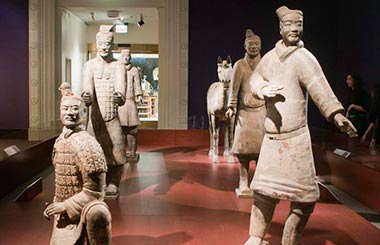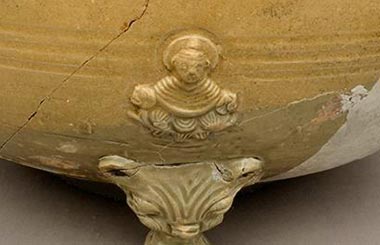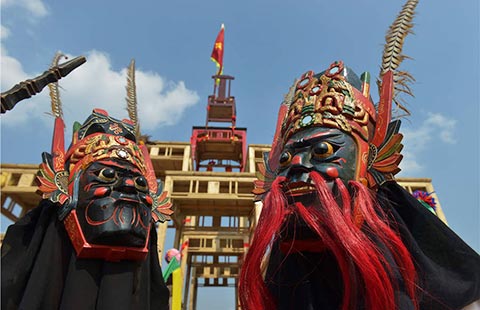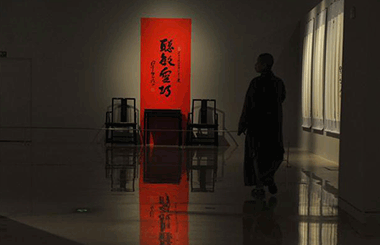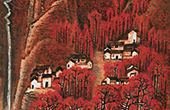Rubbing the right way
By Huo Yan ( China Daily ) Updated: 2016-03-05 11:57:00
 |
|
Wang Jisheng practice the ancient stone rubbing art in Guilin, Guangxi Zhuang autonomous region. [Photo by huo Yan / China Daily] |
Guilin
in southwest China's Guangxi Zhuang autonomous region is a well-known scenic spot, famous for its picturesque karst landscape and crystal-like Lijiang River.Dozens of China's state guests from abroad have visited Guilin since the 1950s, and every year about 40 million people visit Guilin to appreciate its beautiful natural views, using bamboo rafts, tourist buses and rented bicycles.
But few stand close to the mountain cliff or push aside wild grass there to look at carvings and inscriptions.
"It is a pity that people only see a big picture of Guilin, and miss out on the small details," says Wang Jisheng, an artist, who specializes in an art called stone rubbing.
"Guilin is not eye candy, but an erudite and brave warrior, whose stories are told via carvings left on its mountains and on stone tablets."
Wang's workshop is located in Jingjiang Palace, a large mansion built in the early Ming Dynasty (1368-1644) in the center of Guilin.
It once served as a site for a provincial government and was the site of the first modern college in Guangxi in the early 20th century.
In the center of the palace is Duxiu Peak, which offers a bird's eye-view of Guilin city.
|
|
|
|
|
|
|
|
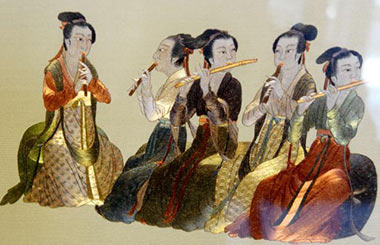





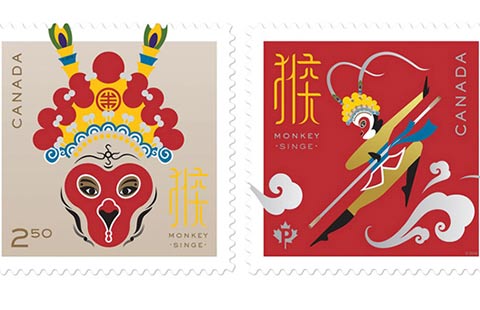






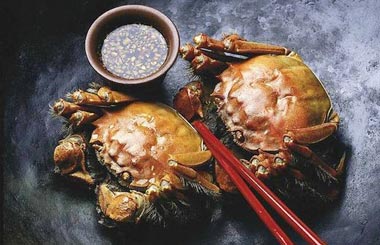
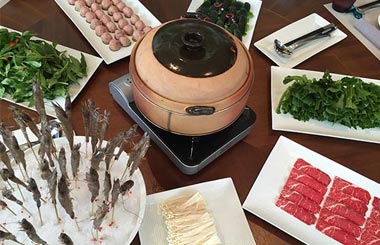







 Raymond Zhou:
Raymond Zhou: Pauline D Loh:
Pauline D Loh: Hot Pot
Hot Pot Eco China
Eco China China Dream
China Dream China Face
China Face
